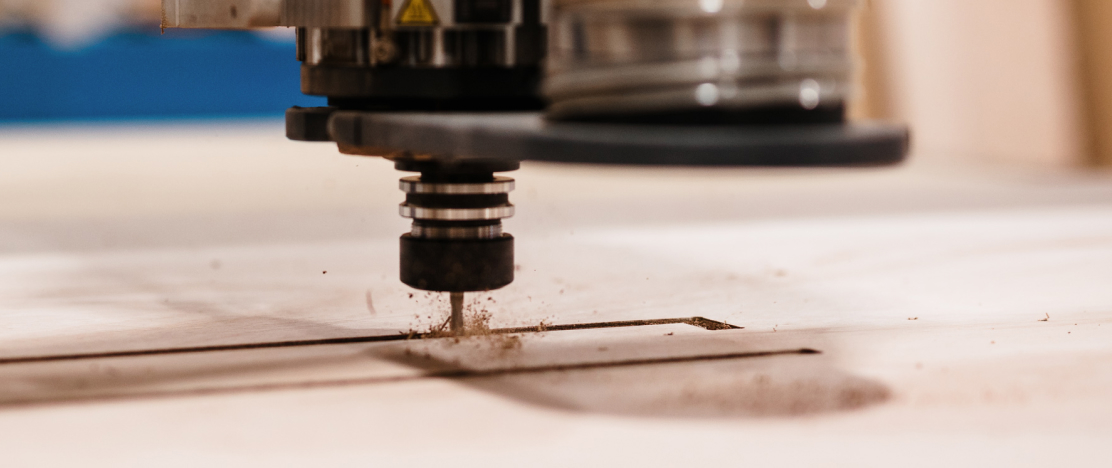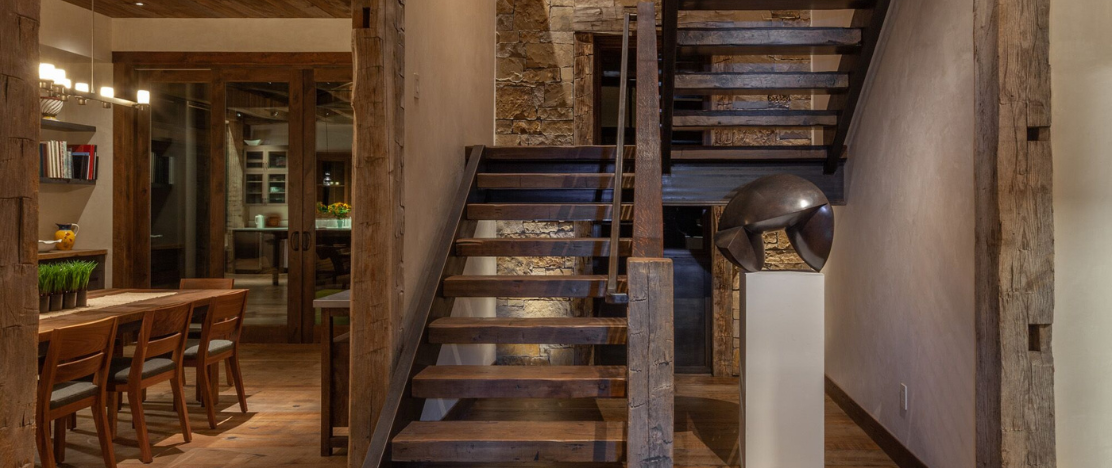How to Keep a Slab Flat
Live edge slabs make beautiful tables and countertops; however, they are susceptible to warping and cupping. The best way to keep a slab flat is to properly prepare the surface and install a c-channel.
Expect Expansion and Contraction
All wood has moisture in it, and as the moisture evaporates, the wood will physically change shape. Many woodworkers leave their slabs and other lumber to air-dry (sometimes for years) before using it. But, even if you take the time to let your wood dry out, the slab can still warp or cup over time because of changes in temperature or air moisture levels.
Start with a Flat Slab
Before using a slab in any type of furniture, you need to make sure it’s flat and level. Before listing our slabs for sale, we run all of our live-edge slabs through an industrial belt sander. While that ensures one side is smooth, we recommend finishing it further before using it for custom furniture.
Since we have a state-of-the-art CNC machine onsite, we can efficiently flatten slabs for our customers. The router goes over the slab, carving out the high spots so the whole surface is level. Once the first side is done, it’s flipped, and the process is repeated. When the whole slab has been flattened, it’s then sanded to a smooth finish.
Install a C-Channel
Once you have the slab flat, it’s time to install the c-channel. As the name implies, a c-channel is high-strength steel bent into a c-shape that fits in a recessed channel on the underside of the slab. There are slotted openings on the steel bar where screws attach the c-channel to the slab. As the moisture content of the slab changes, the slotted openings are designed to allow the wood to expand and contract. This freedom of movement helps prevent the slab from warping and cupping.
Proper C-Channel Installation
In order for the c-channel to work, there needs to be a precision slot on the underside of the slab. This is where our ShopSabre CNC machine shines. It precisely routers out the channel, ensuring there is just enough space to inlay the steel.
It’s also important to mention that the size of the slab will dictate how many c-channels you should install. Generally, slabs 8’ or less will need one c-channel at either end. Longer slabs may need additional c-channels for support.
Proper Preparation is Key to Keep a Slab Flat
Taking the time to flatten a slab and install the correct number of c-channels will go a long way to prevent the wood from warping and cupping. You certainly could finish the surface and router out the channel yourself – but if you’d rather leave the precision work to someone else – we’d love to hear from you!
Have Questions? Need a Quote? Get in touch!
"*" indicates required fields

